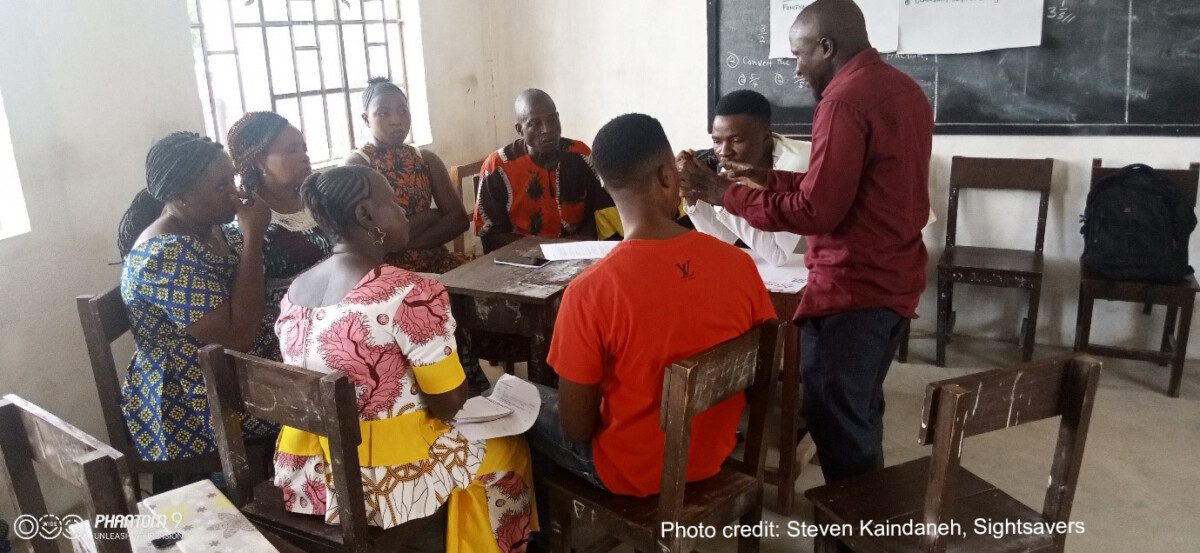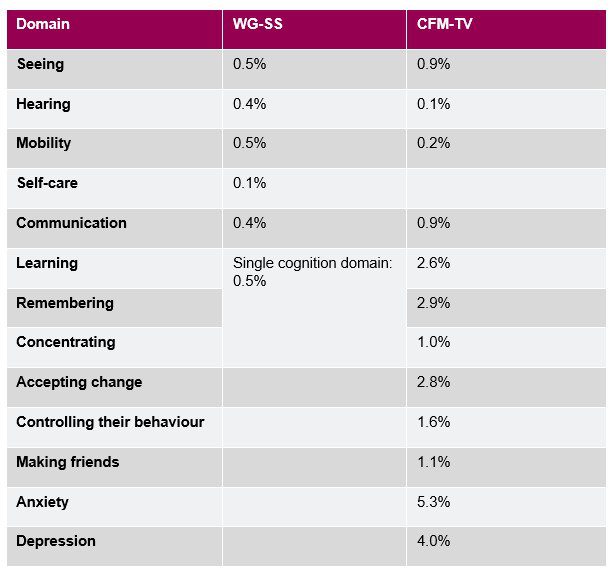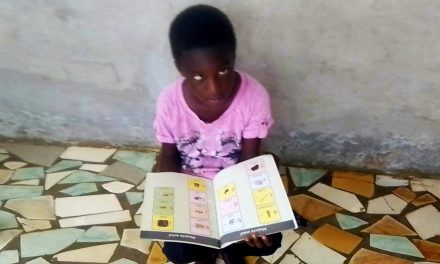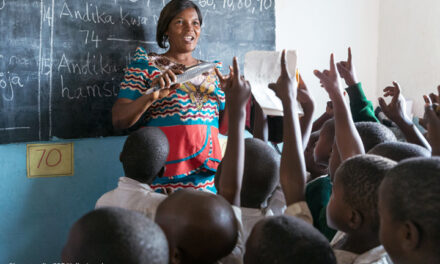This blog was written by Julia de Kadt, Steven Kaindaneh and Elena Schmidt from Sightsavers. It is based on their presentation at the 2023 UKFIET conference.
For disability-inclusive education to work, accurate information about schoolchildren with disabilities is required at all levels of the educational system. Policymakers need this information to inform disability-inclusive sector plans and budget allocations. Local authorities and schools need it to guide the development of inclusive school environments and to procure accessible materials and technology. Teachers need it to adjust teaching and assessment practices to ensure they are tailored to children’s individual needs. However, generating this kind of disability data remains challenging in many educational systems, meaning that children with disabilities are rendered invisible. In Sierra Leone, where the government has adopted a policy of radical inclusion, finding ways to generate this information on children with disabilities is a priority.
Identifying disability in children is challenging, especially in low-resource settings, as diagnosing many health conditions and impairments requires specialist medical assessment, often over an extended period. For this reason, at a population level, child disability data is usually generated by asking parents or primary caregivers whether a child has difficulty performing tasks in various functional domains, such as seeing, hearing or walking. Several internationally validated tools are available for these purposes.
Working with educational stakeholders in Sierra Leone, we designed a study to assess the feasibility and acceptability of collecting disability data at the school level by asking teachers to report on the functional difficulties of the children they teach. In this study, we tested and compared the use of two tools:
- The Washington Group Short Set on Functioning (WG-SS) is a set of six internationally validated questions suitable for use with children and adults aged five years and above. While the brevity of this tool is attractive, it is known to underestimate childhood disability.
- The Child Functioning Module – Teacher Version (CFM-TV) is a set of 18 questions covering 12 functional areas, designed to be answered by teachers of children aged 5-17 years. It is not yet validated but is based on the validated Child Functioning Module. This is the gold standard tool for generating estimates of childhood disability prevalence in surveys, and is typically administered to parents or caregivers.
We worked with class teachers at eight primary and junior secondary schools in Sierra Leone’s Bombali and Karene districts to test these question sets. Teachers at four schools used the WG-SS and the other four used the CFM-TV. Following training, each teacher completed the relevant question set for each child on their class register over a two-week period in December 2022.
In total, teachers completed the WG-SS for 1,385 children and the CFM-TV for 1,760 children. Among children assessed using the WG-SS, 1.8% were identified as having a functional difficulty. The most frequent difficulties were seeing, hearing, and remembering or concentrating (0.5% each). Among the children assessed using the CFM-TV, 14.7% were identified as having a functional difficulty. The most frequent difficulties were in the domains of anxiety (5.3%), depression (4.0%) and remembering (2.9%). The table below highlights the differences and similarities in the information yielded by the two question sets.
Both tools generated similar data for girls and boys and were more likely to identify functional difficulties in older children.
We found that both question sets were acceptable and feasible for teachers to complete. However, teachers did express concern about the length and complexity of the CFM-TV. Teachers also identified a number of questions in the CFM-TV as particularly challenging, including those asking about anxiety, depression, remembering, accepting change and the ability to control behaviour.
Data completeness was good across both question sets, with relatively little missing data. However, across both tools, we noted substantial variations in the proportion of children identified with functional difficulties at different schools and by different teachers, which requires further exploration. In addition, while teachers preferred paper-based to electronic data collection, the management and storage of completed forms was challenging.
In conclusion
This study has demonstrated that teachers can use both the WG-SS and CFM-TV question sets to collect functional difficulty data within schools. However, it is important to better understand the practical aspects of data collection, the variability of teacher responses, and the data’s usefulness for education purposes. This is the focus of the next component of our research.






